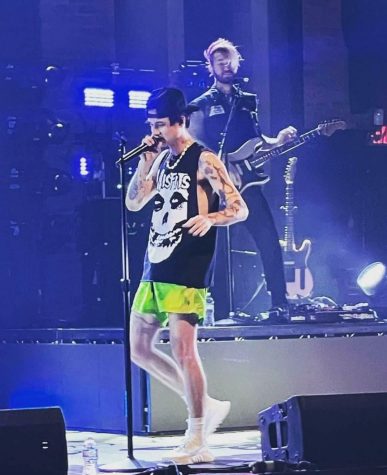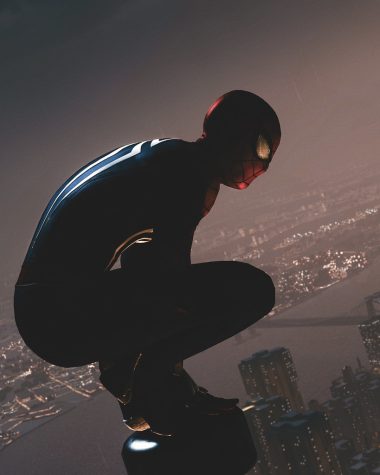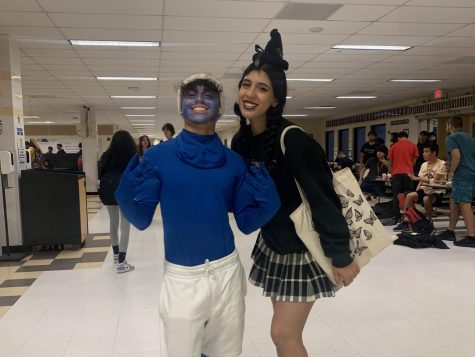IT remake exceeds horrifying expectations

IT grossed the largest box office record for any horror film with an estimated $117.1 million opening weekend.
Pushing out “The Exorcist” to become the highest-grossing horror movie, “IT” is nothing to joke about. Directed by Andy Muschietti, the film is based off of the popular Stephen King novel of the same title.
Aside from the gorey details and gruesome stage makeup, the film lies nowhere near the cheesy realm of everyday horror. While many expected the movie to consist of only jumpscares and mediocre clown acting, “IT” actually shifted the focus of a stereotypical horror movie to a whole new level.
Set in the late 1980s, the feature follows a group of high schoolers as they discover more about the sinister presence terrorizing their town of Derry, Maine. As children begin to disappear one by one, the main characters are forced to face their biggest fears in order to save their home. Uncovering clues throughout the movie, these kids realize the problem may not be as recent as they believe, as the disappearances date back centuries.
The cast and crew provide the audience with an unrivaled experience, immersing them in another dimension through elaborate film-making techniques. The ongoing relationships all the main actors have with each other truly carry the film in its own way. The witty banter and abundance of preteen punchlines keep viewers engaged, providing comedic relief after intense scenes. The high-spirits of the group keep each scene alive, keeping viewers on the edge of their seats.
Character personas are amplified through precise scriptwriting by the staff and performance by the stars. Bill Skarsgard specifically makes his mark as the official scene-stealer of the film. Leaving himself behind under layers of makeup, Skarsgard captivates viewers not through his words, but through his gestures, vocal projection, and award winning facial expressions. He keeps the audience on their toes throughout each scene, igniting a fear not present before entering the cinema.
Silence is used not as a filler, but to entrap the audience, making them feel as if they are walking on thin ice, taking steps hand-in-hand with the main characters. While actions can speak louder than words, the use of silence in this cinematic masterpiece impacts specific scenes immensely. Whether it’s conveying loneliness through a stare, or fear with a simple eye-exchange, Muschietti expresses what words fail to.
The film enhances the horror of Stephen King’s novel while leaving a lasting impression of its true purpose: exploring the dark side of human nature.








